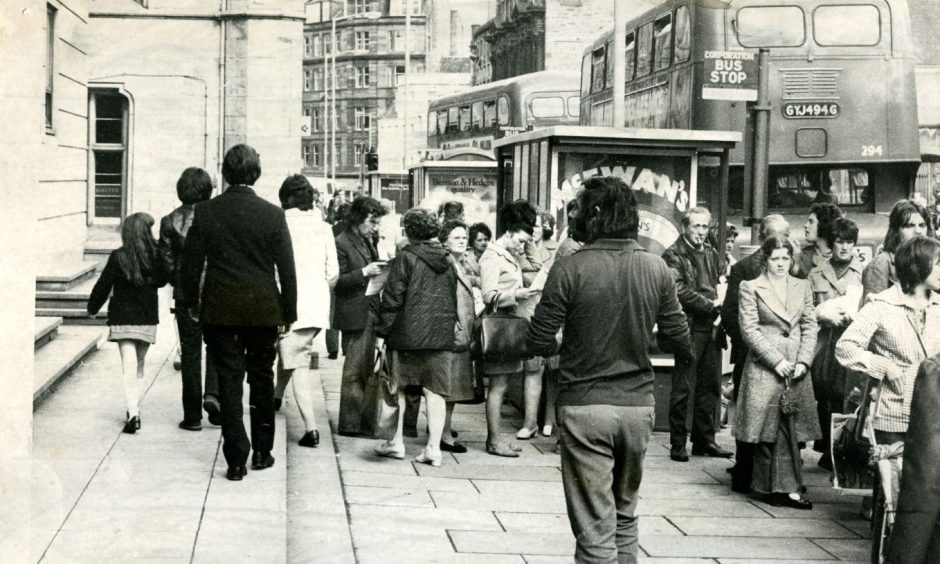
How did Dundee look 50 years ago?
We’ve rewound the clock and opened DC Thomson’s archive to venture back to 1974.
The three-day week limited commercial users of energy to just three days’ worth of electrical consumption.
There were two general elections.
Broughty Ferry native Peter Lorimer lit up football’s biggest stage when Scotland made World Cup history as the first team to go out without losing a game.
Teachers went on strike.
The old Olympia swimming pool opened at the waterfront with admission charges of 15p for adults and 10p for children.
Known locally as ‘Fawlty Towers’, the perennially unpopular Tayside House was being constructed to become the home of Tayside Regional Council.
Grab yourself a cuppa and enjoy having another browse back through the ages courtesy of The Dundonian, which appears in the Evening Telegraph every Wednesday.
Some of these photographs have not been seen for years.
Haircut by headlight
John Black and Ken Dow styling a gent’s hair by headlight in February 1974.
This was part of daily life when power cuts, strikes and the introduction of a three-day week meant the lights could go out at any time.
Jeremy the bear
Bears have been a major feature of Camperdown Wildlife Centre since 1970, when Jeremy – the original Sugar Puffs bear – was introduced.
Jeremy was actually a female and she died in Dundee in 1990.
Old Dundee Olympia opens in 1975
Dundee Central Baths at the harbour were replaced with the Dundee Swimming and Leisure Centre in July 1974.
Within four weeks, it had welcomed 100,000 people through its doors.
Checkers
Competitors taking part in the British Draughts Championship at the unlikely setting of the Kirkton Community Centre in July 1974.
John McGill of East Kilbride became Britain’s king of draughts.
Harrison Avenue
Prefabs were post-war Dundee houses that were a marvel of compactness.
Despite their basic nature, prefabricated houses tended to inspire affection among their inhabitants and it is said the residents’ camaraderie was second to none.
Fawlty Towers
Tayside House would become the headquarters for Tayside Regional Council and was positioned right in the eyeline of the traffic coming across the Tay Road Bridge.
It stood as a hideous scar on Dundee’s skyline for almost four decades.
Songs of praise
The congregation at St Ninian’s Church in Menzieshill in August 1974.
The parish mass was being shown by BBC 1 on a Sunday television bill that included Bellamy’s Britain and Bagpuss.
Sir Garnet Wilson
Sir Garnet Wilson holds the stone that was thrown through the light outside his home in Perth Road in August 1974.
Sir Garnet served as Dundee Lord Provost from 1940 to 1946.
Our Lady’s Primary School
Our Lady’s Roman Catholic Primary School in Nelson Street.
In the background are the Alexander Street multis, which dominated the skyline of Dundee for 43 years until demolition in 2011.
St Andrews Church
The rebuilding of the new halls at St Andrew’s Parish Church in September 1974.
St Andrew’s Church was completed in 1774 after it was felt that another place of worship was required due to the rapid increase in population within the Dundee area.
Cobra Kai
The martial arts craze swept Britain in the 1970s thanks to badass movies, with many a Dundee bedroom wall adorned with the latest Bruce Lee poster.
This image wouldn’t look out of place in a scene from Enter The Dragon and shows the beginners’ class at Ancrum getting down to some training in October 1974.
Looking down the Murraygate
Photograph showing a view looking towards the Murraygate and St Andrew’s Parish Church from Victoria Road in November 1974.
The crane on top of Tayside House can be seen in the distance.
Striking teachers
Striking teachers march past Dundee Railway Station in November 1974.
More than 2,000 teachers in Scotland began a three-day official strike at selected schools in pursuit of a wage increase.
Keeping fit
Two people riding the cycling machines at the Dundee Swimming and Leisure Centre.
Riding with dripping hair and in swimming shorts with bare feet might get you on the wrong side of health and safety nowadays but these were different times.
Do you recognise them?
It’s the final image of our pictorial trip down memory lane.
Did these awaken any memories for you?
Let us know.
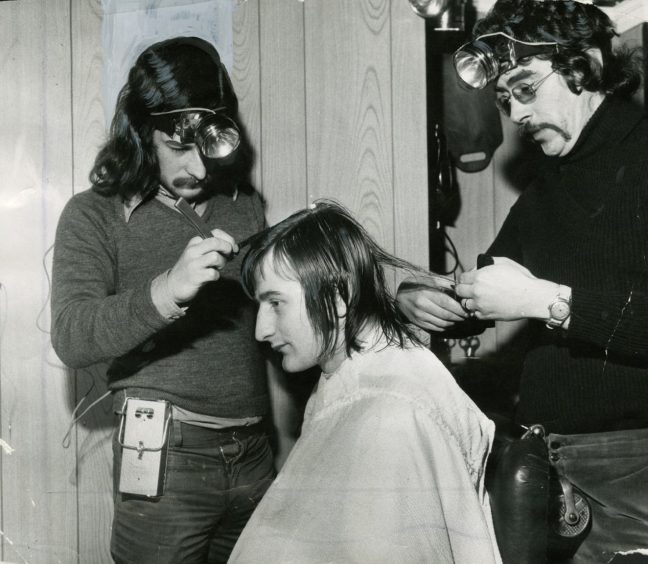
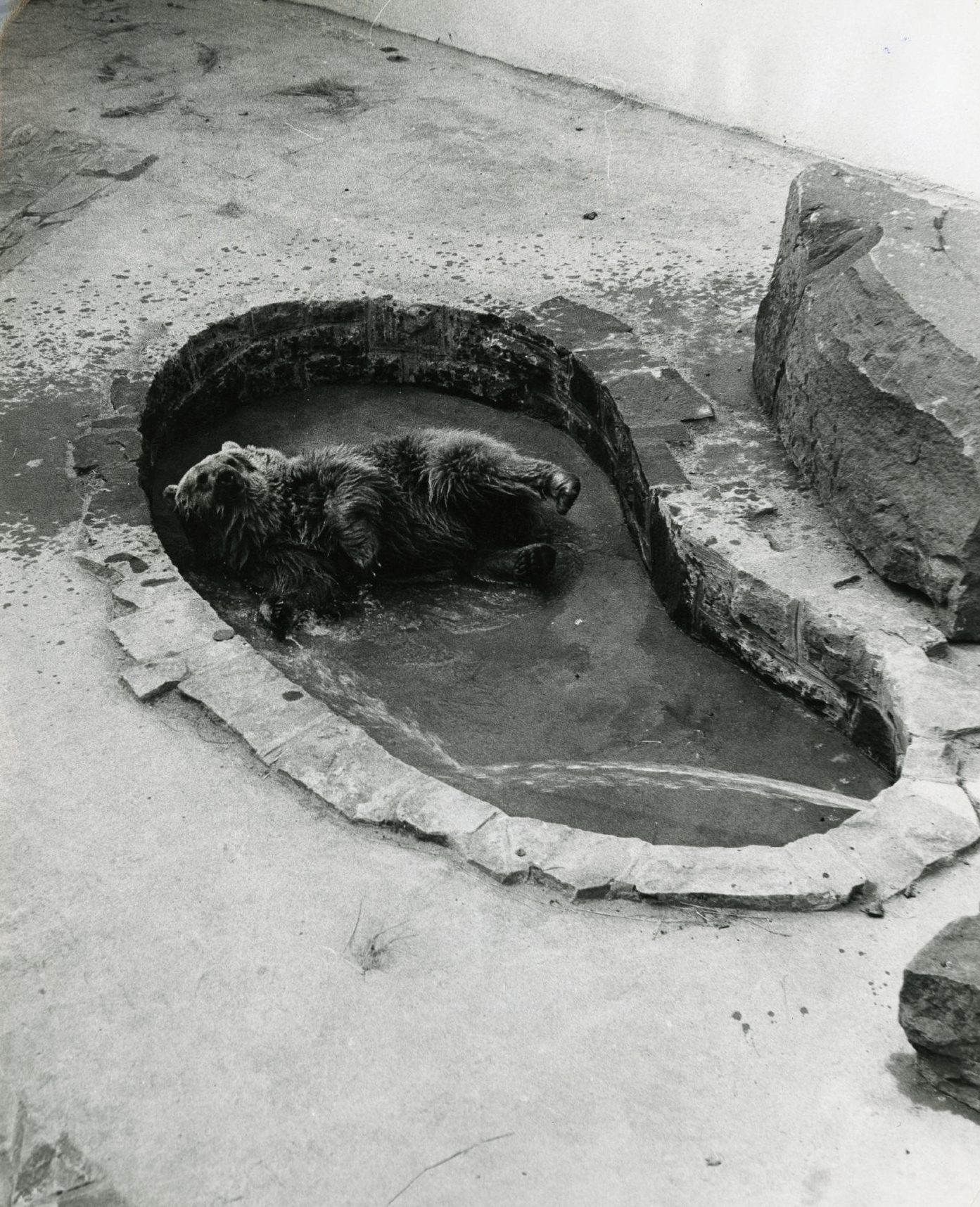
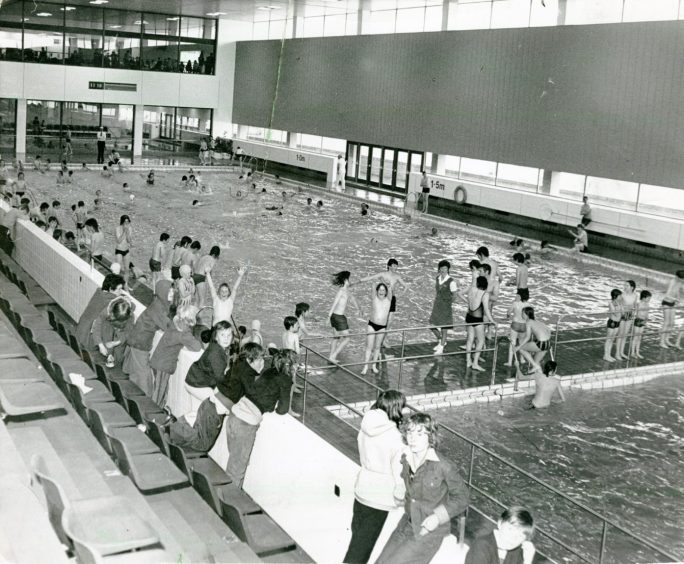
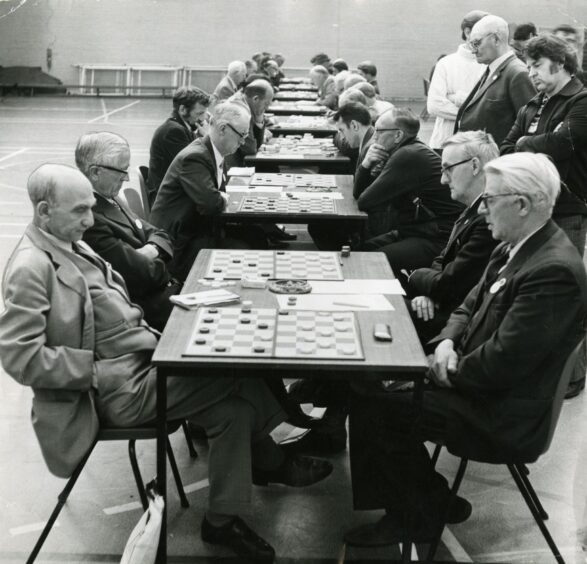
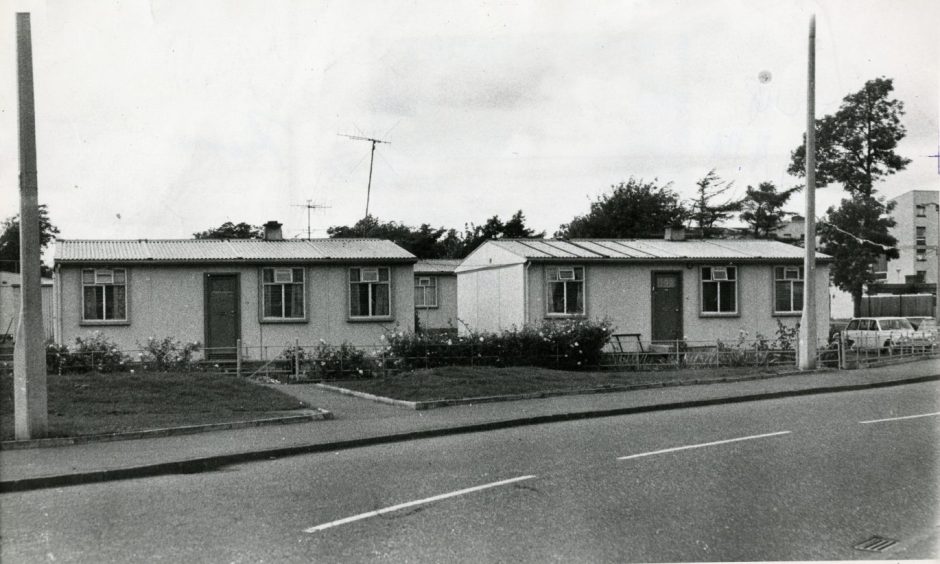
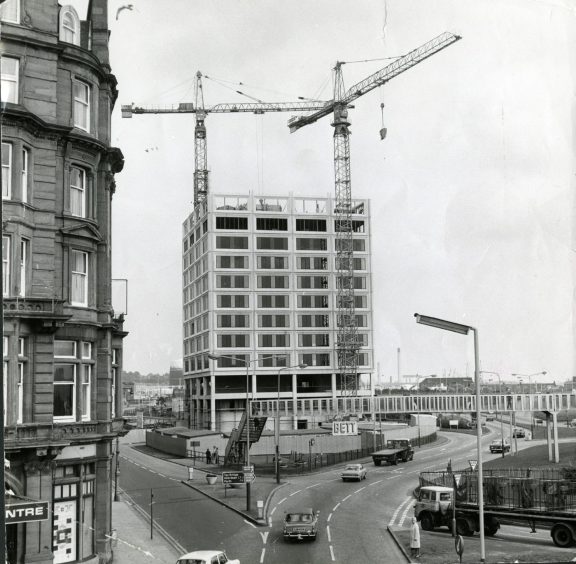
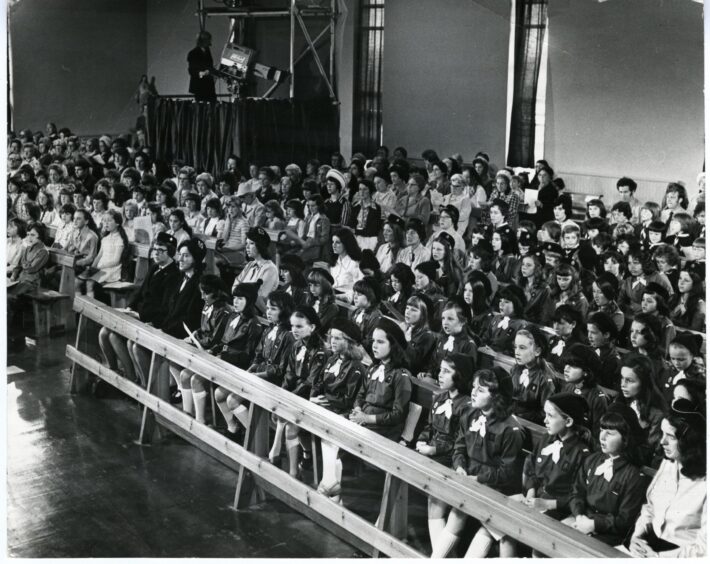
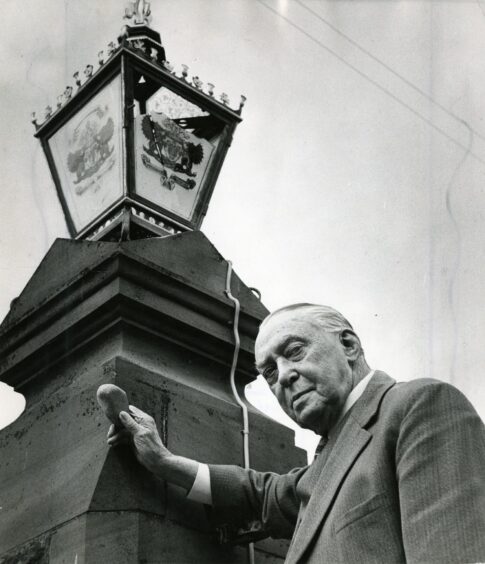

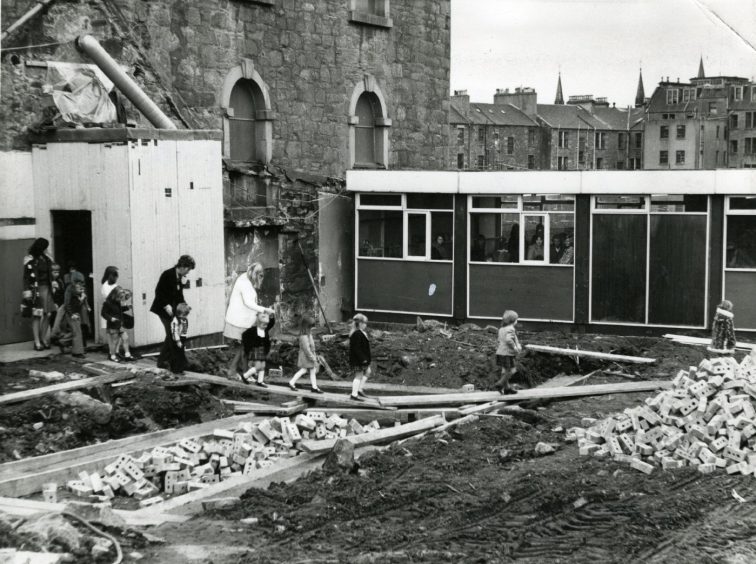
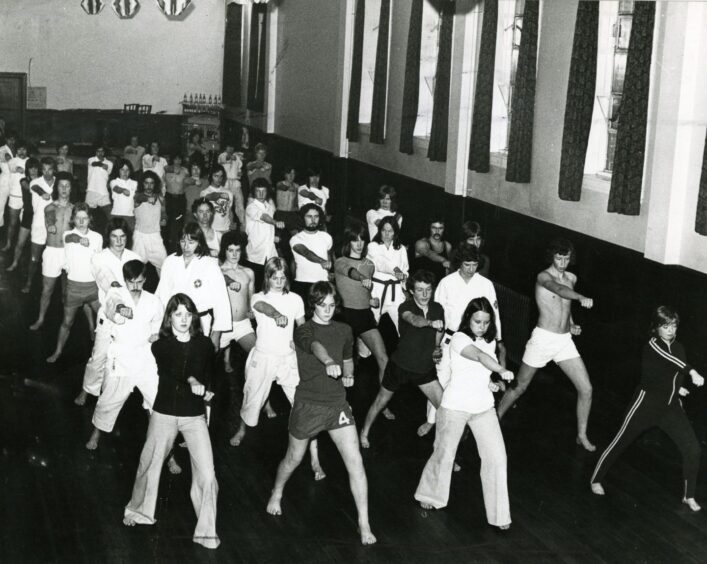
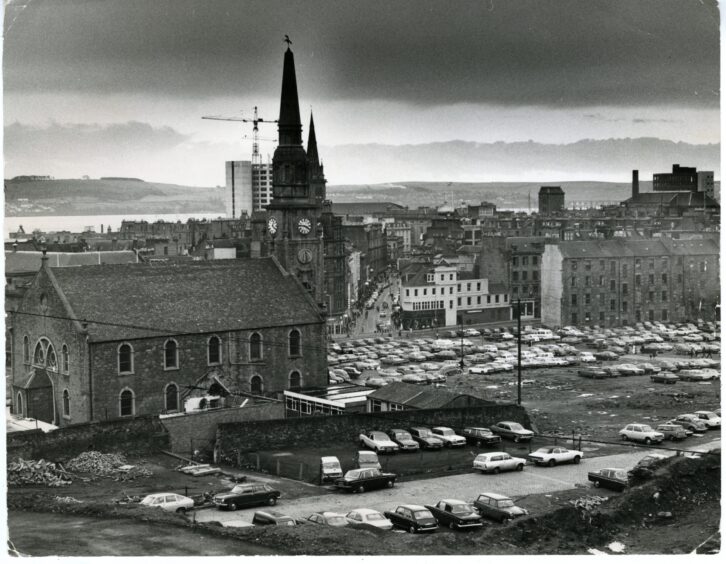
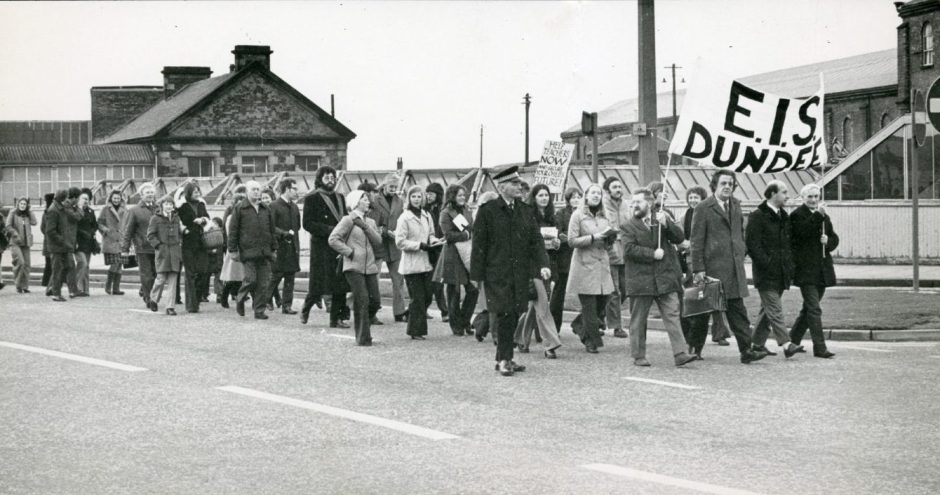
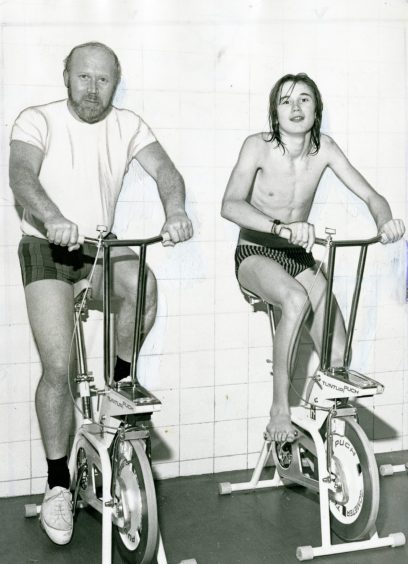
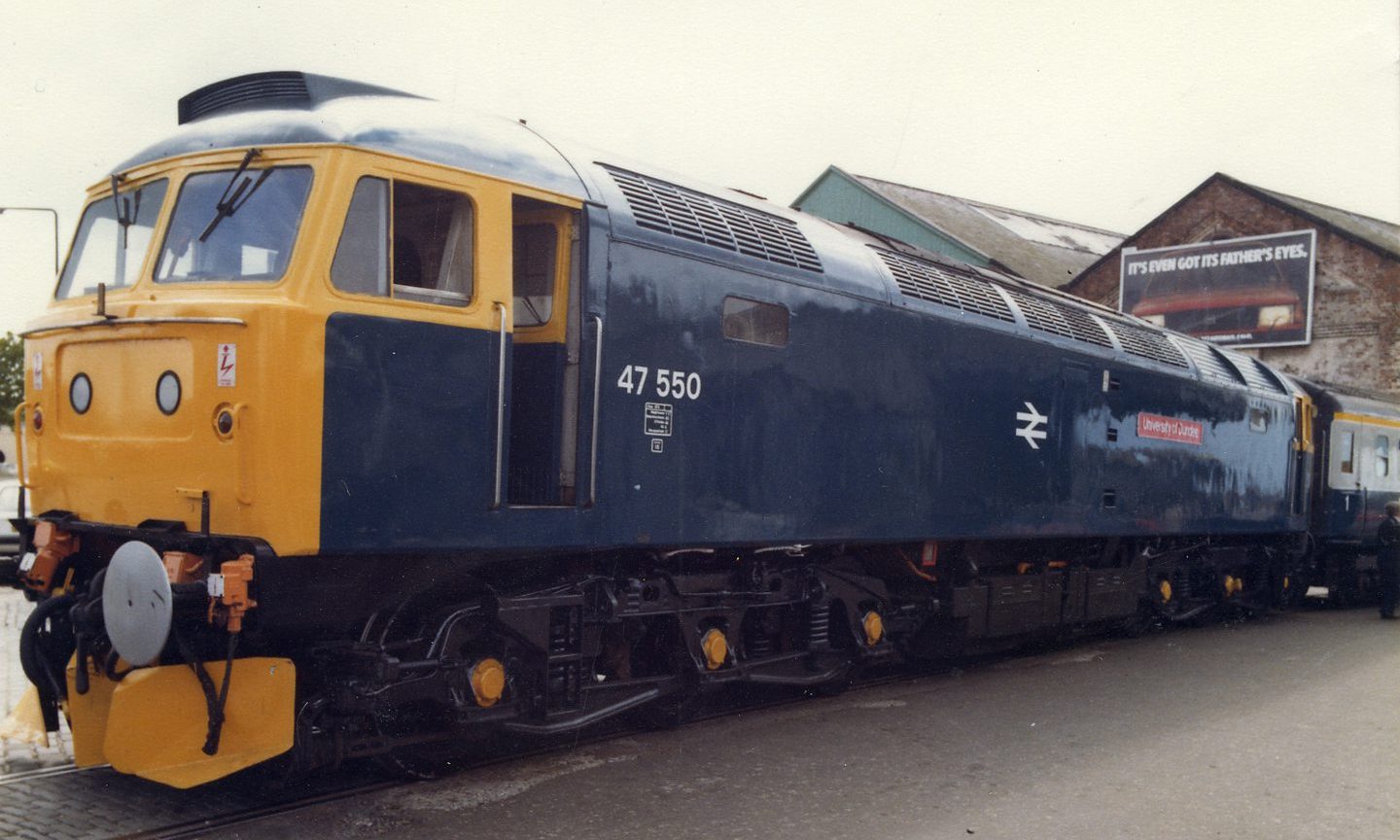
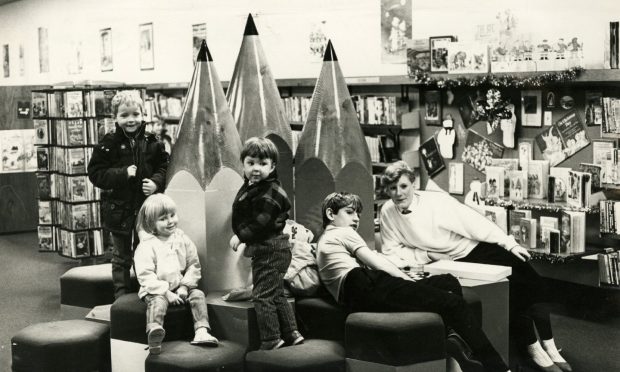

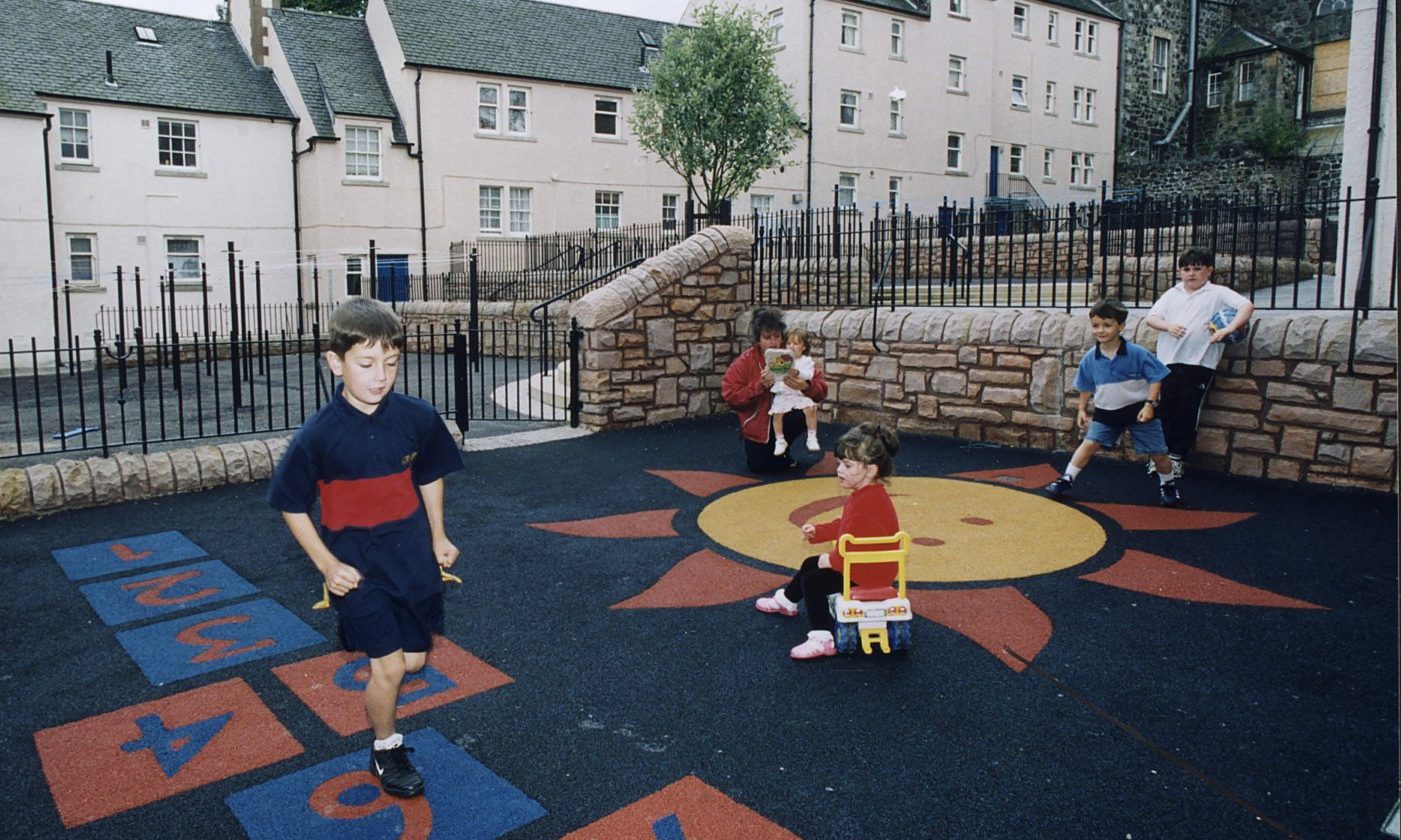
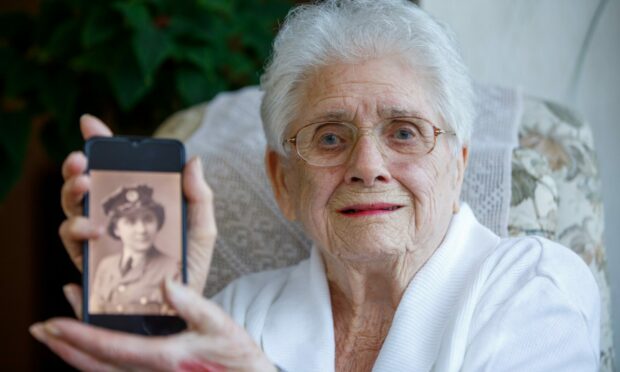
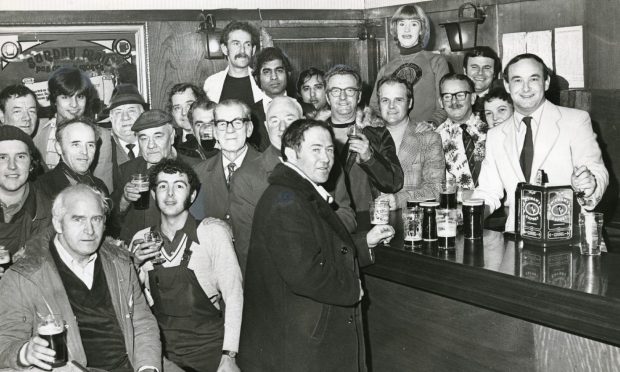
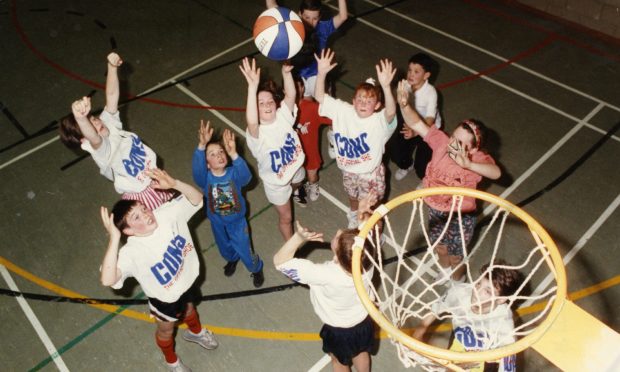
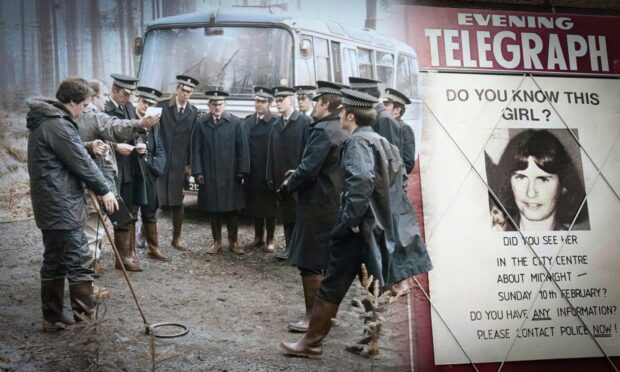
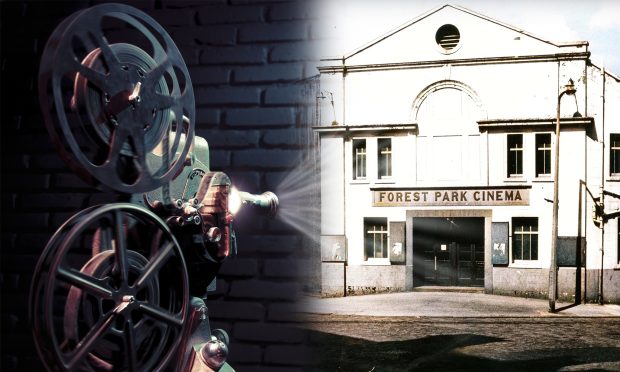

Conversation